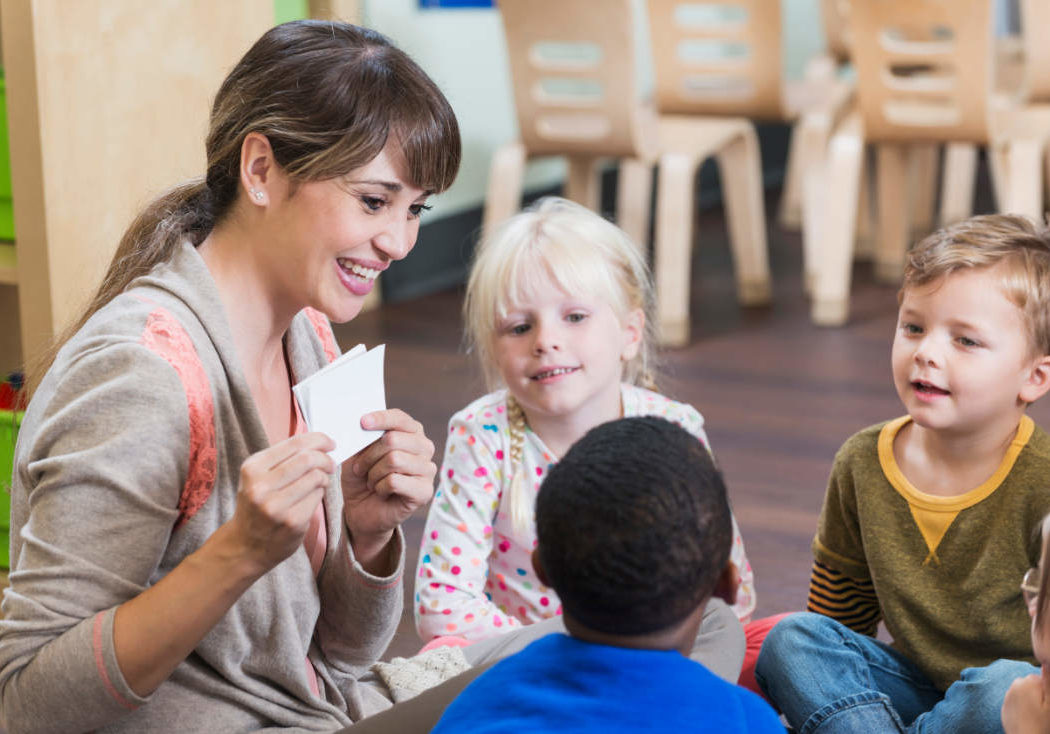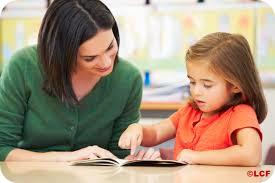-
Including Languages in your Preschool Planning
-
Annual planning can be a tricky and stressful time as teachers and preschool management teams attempt to address everything they need to, to align it with the Preschool’s Strategic Plan and making sure they can afford it!
Foreign language learning is a critical inclusion in current preschool, kinder and childcare learning environments. Finding a way to explore languages that is fun and play-based can be the key to unlocking much of the potential in every child’s learning.
The key to successfully incorporating languages into your preschool programming can be summarised as follows:
- Understanding and acknowledging the value of languages;
- Getting buy-in from all staff for including languages in the program;
- Securing a budget that recognises the value that languages will provide for YOUR kindy kids – remember to negotiate when budgeting and outsourcing;
- Finding a language delivery model that works for your preschool or kindergarten – in house or outsource;
- Ensuring languages are delivered by early years learning professionals – using a recognised and respected language program that is interactive, play-based and engaging. Language learning needs to be fun, varied, progressive, loud and quiet at times, messy and neat and full of opportunity for laughter;
- Immersion Immersion Immersion! The best way to introduce a foreign language – look for an immersion style of delivery in whatever program you choose. Children will get a far greater sense of the way their new words ‘hang together’ and the cadence and flow of the second language will settle in their minds;
- Electronic learning is a support tool only – the most effective way for children to engage will be in person and ‘using’ their new vocabulary. language lessons need to use a variety of sensory approaches: sounds, music, games, written, drawing, craft, active play and role-play. E-books, electronic games and apps are fantastic but they have their place;
- Play with the timing sure, but make sure you can get everyone involved – short 10-15min sessions for babies, 20 min sessions for 2-3yrs and 30min sessions for pre-kinder and kinder kids. Watch and measure the outcomes for children participating in 1 year of the program and those that are exposed each year over 2-4 years.
- Sessions need to be weekly. On a term by term basis. If you cannot afford full terms, avoid the tendency to ‘settle for’ fortnightly, regular sessions. The children will forget in between times and sessions effectively ‘start again’ every fortnight. If you want the childrens’ language skills to build and for them to enjoy the cognitive brain benefits, opt for regular weekly or twice weekly session and reduce the number of weeks during a term ie. A 7 week x 30min weekly will have far greater benefits for a child than five fortnightly 30min sessions.
- Get value for your dollar – get lots of ‘in-between support’ from your provider, label items/furniture in the room, displays, regular updates that you can in turn provide families/parents, attendance at your information/open days, material/support to celebrate Diversity/Harmony Days, Multicultural Weeks and other special days relating to the cultural backgrounds you have at your Centre. Ask what happens ‘in addition to’ the weekly sessions to optimise your preschool’s bilingual adventure;
- Monitor the program throughout the year and get feedback from parents and children. Celebrate language learning in your end of year concerts and in your learning journals with a foreign language song they all know – and the exciting volume of new words and phrases in vocab lists. Adapt the language program from year to year as you learn what is transforming the children;
- Get feedback from the ‘outgoing’ children’s Prep teachers about where they are when they learn in their new school. Follow up with outgoing families. Anecdotally, children having learnt languages as a preschooler are entering primary school 1-4 years ahead of their classmates. Feed this information back into the Committee or Management decision-making about annual budgets and priorities and in supporting your teachers;
- Allow a language program to give your Centre or Kindergarten ‘an edge’ – Promote your wonderful language programs and become “the Centre to attend”.
-
Language Program Pre-school
French, Spanish, Mandarin, Italian & German language program for age 0 – 6
-
-
Speech, language and communication are the indispensable tools that help children to communicate, distribute and share thoughts, suggestions, ideas and emotions.
Toss into this mix the potential to learn more than one language and you get a scaffolding of benefits for the children:
The brain BOOST, that learning a language as a preschooler delivers, is acknowledged 100 times over by leading early years educators and it has the science behind it to prove it. Ronald Kotulak, Author of ‘Inside the Brain’ reinforces this critical time in a preschooler’s learning ‘as a time when the foundations for thinking, language, vision, attitudes, aptitudes and other characteristics are laid down’. Preschools have a unique opportunity to influence tolerance, respect, the ability to listen, a child’s sense of adventure and their developing self-esteem during this important time.
Exposure to as little as one hour per week of a foreign language has been shown to raise children’s IQ. Children that have participated in learning another language have been shown to get to a higher level cognitively and perform better in a wide range of other subjects when they reach school; their thinking and reasoning skills, their maths/numeracy ability, earlier reading and a better, more heightened cultural understanding. In the words of Lynne S.Dumas “Exposing [a] child to a new world of words boosts their brainpower, vocabulary and self esteem”
Learning another language helps early learners with their English progression as they query and explore the way that their new words can be used, translated and spoken. Your new language program strengthens literacy and spoken English at the same time as they are learning the new words and phrases. Learning about ‘a red apple’ in another language for example, pulls apart the usual sentences we’d use if we were saying this in English and gets us thinking subconsciously how we construct sentences about fruit and color, and how we use correct grammar with tense and plural consideration. The children are comparing the new phrases between the target language AND in English.
Your chosen delivery model and ‘language teacher’ should be adept in providing a range of stimuli and methods for learning. Sessions should be relaxed, play-based and varied in activities. The language program needs to provide you with support to reinforce their new language in-between sessions and this can include; books, CDs, apps, activity worksheets/coloring in pages, simple games (ie hopscotch in French, musical cushions in Chinese), common English nursery rhymes translated into the new language ie. Twinkle Twinkle Little Star or Heads Shoulders Knees and Toes.
LCF Fun Languages is Australia’s premium preschool provider of languages. French, German, Mandarin, Spanish and Italian for preschools and Childcare Centres. Children aged 0mths – 5yrs.
LCF offers weekly sessions for Pre-schools and Childcare Centres – for as little as $2-$3 per child* *depending on class or room numbers
Annual licences available – licence our outstanding preschool programs – for YOUR teachers to deliver in your Centre.
If you have questions about including a language at your childcare centre or kinder, we are here to help.
Call us on 1300 707288 or send us your enquiry online.



